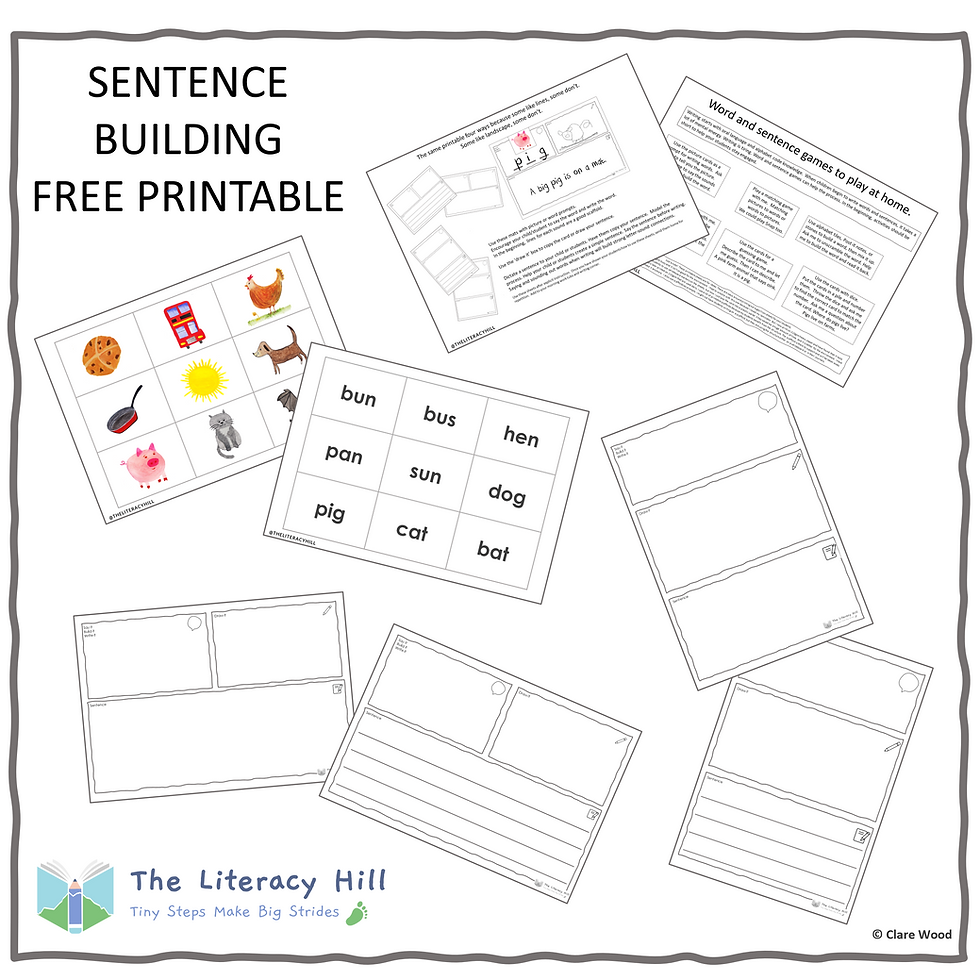S A T P I N SNAKE
- Developers Devzmelbourne

- Sep 5, 2022
- 3 min read

Learning to read takes time, lots of repetition and exploration to get to fluency. It can seem intimidating as a teacher or parent, especially if you don’t know where to start. Whether you are a parent, tutor or teacher, the articles, activities and resources you find here will help you teach reading and spelling explicitly from the very beginning.
Today I’m sharing a printable idea that my friend Natalie recently shared with me. We love S A T P I N Snake! My fantastic teacher friend works in Foundation. Until recently (covid school policies), I had the pleasure of visiting her class a couple of times a week to help out and share activities in the literacy block. Her class is off to a flying start with their literacy learning. We are almost at the end of week 2 of the first term here in Western Australia, and most students already know the first six sounds of the school scope and sequence. Like many schools, they start letter learning with the six letters S A T P I N. If you want to read more about this sequence and why it is effective.
All children need explicit phonics instruction to show how speech sounds correspond to letters.
A dedicated time for phonics instruction where you review past learning and introduce new letter sounds, word building and handwriting is a powerful morning routine to set up in your classroom. Routines help you build positive connections and learning behaviours and ensure that your students participate in explicit instruction sessions.
All students need more than explicit instruction to get to fluency. Children need lots of playful practice and exploration to be successful literacy learners. Letter sounds taught in a sequence is more effective than a letter of the week activities. Children are more likely to succeed if the learning is cumulative and is on rinse and repeat the whole year. All children should get as much repetition and consolidation as they need so no gaps appear along the way.
All children need many activities that continuously reinforce previous letter sounds in the foundation year.
After mat work this week, the foundation students all made a S A T P I N snake to take home to show their families what they learned in school. Parental involvement helps all students to get repeated practice. Games and active learning ideas are always a winner with parents as it is easier to engage a child in a game rather than a worksheet.

Here’s what to do
Print out the snakes. There is a blank copy if you use a different sequence in the beginning. Cut out the number of snakes needed. This is a literacy activity, not a craft activity. Once you have shown your child or students what to do, you could have more copies in a separate space for your children to use after the lesson. This is the time for them to practice cutting in straight lines.
At home, this could be a one-on-one activity.
Have your students say each sound as they write over the grey letters. I always use grey letters and Natalie uses outlined letters. Neither is right or wrong. Helping children develop correct letter formation matters so bad habits don’t develop.
Once your child or student has said all the sounds, it’s time to fold the snake.
As your child folds their snake, get them to say the letter sounds. In the beginning, learning initial sounds is more important than letter names as it is the sounds that build words, not letter names. Lots of children come to school knowing the alphabet song and often it is the letter names that parents discuss with children so many will have had lots of exposure to this before school starts.
The more practice children get, the more likely they are to remember letter sounds. Teaching a group of letter sounds together in the context of word building reinforces letter sound learning. The s a t p i n snakes got to play in the block corner once finished. it is always fun to listen as the students play. The class is set up to have 2-3 guided literacy activities and many other activities that children float in and out of during literacy time. This setup ensures that children get a balance of free play and guided literacy work each day.

Extend the learning
Repetition helps new learning to stick. Some children will learn letter sounds quickly and won’t need so much practice and repetition.
Other children will need lots of time and space to practice, repeat and explore through different activities.
•Have your child write out the letters on cards or post-it notes.
•Use the letter cards for matching games.
•Use the cards to make words. As your child builds words, they are connecting speech sounds to letters. As your child reads the words, they are blending sounds to read.








Comments